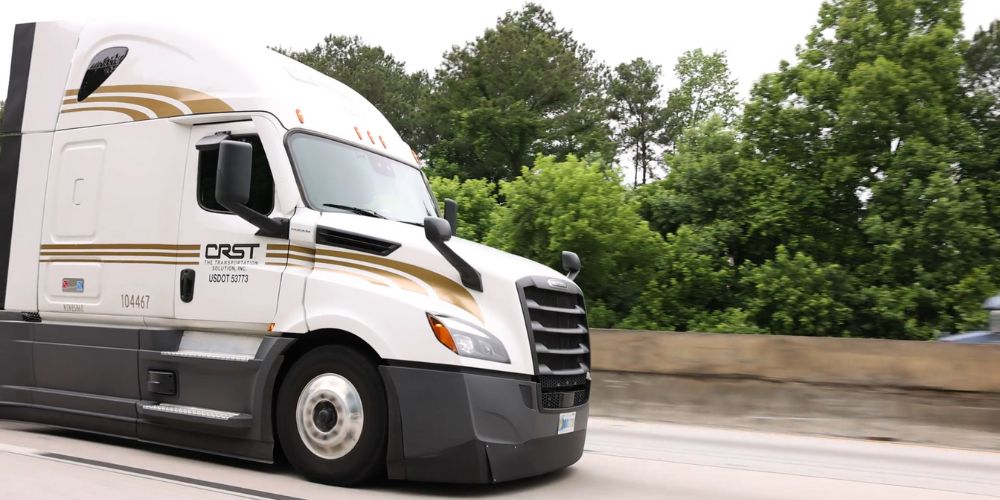Why can wind be dangerous for trucks?
Strong crosswinds can destabilize your truck, especially when blowing perpendicular to your direction. These winds can:
- Push your truck into other lanes or off the road
- Increase jackknifing risk, especially with empty or light trailers
- Flip your truck if winds exceed 40-60 mph and your trailer is too light
Bridges, overpasses and open roads can be especially dangerous due to stronger gusts.
Pay attention to wind advisory areas as well as company and DOT slow-downs and shutdowns. Many companies limit travel for vehicles weighing under 25,000 pounds when wind speeds reach 35 mph or more due to turnover risk for high-profile vehicles.
Many companies limit travel for vehicles weighing under 25,000 pounds when wind speeds reach 35 mph or more due to turnover risk for high-profile vehicles.
Safe practices with high winds
Before you hit the road
- Check the weather – Use a weather app to plan your route and avoid hazardous areas. If you’re a CRST driver, use your Maven tablet for early warnings of potential hazards.
- Secure your cargo – Properly secure cargo to prevent shifting that can affect stability.
- Park smart – If waiting out bad weather, park at truck stops or rest areas. Avoid trees or unstable structures.
If you find that you’ve entered an unexpected high wind area
1. Stay in control
-
- Reduce your speed – Slowing down helps maintain stability
- Grip the wheel firmly – Keep both hands on the wheel for better control
- Stay in the right lane – Gives you a buffer zone if the wind pushes your truck
2. Drive defensively
-
- Avoid sudden lane changes – Keep movements smooth to stay steady
- Don’t try to pass – Passing often requires increasing speed. It’s better to stay your lane and slow down.
- Keep a safe distance – Give extra space for sudden stops or swerves
3. Adapt to low visibility
-
- Use daytime running lights – Wind can kick up dust and debris; daytime running lights help others see you
Wind can kick up dust and debris; daytime running lights help others see you.
What to do in extreme wind conditions
If driving feels unsafe, stop. Safety comes first.
- Find a safe place to pull over – Choose truck stops, rest areas or parking lots. Avoid stopping on the shoulder.
- Park strategically – Face your vehicle into the wind to reduce tipping risk.
- Communicate – Reach out to dispatch to communicate that you’ve stopped until conditions improve
- Wait it out – High winds usually pass in a few hours. Use this time to rest, plan new routes or check the forecast.
Face your vehicle into the wind to reduce tipping risk.
Drive with confidence
With preparation, safe practices and staying alert, you can protect yourself, your cargo and others on the road.
Learn more about CRST’s safety initiatives here. Stay safe, stay smart and remember – when in doubt, wait it out.





